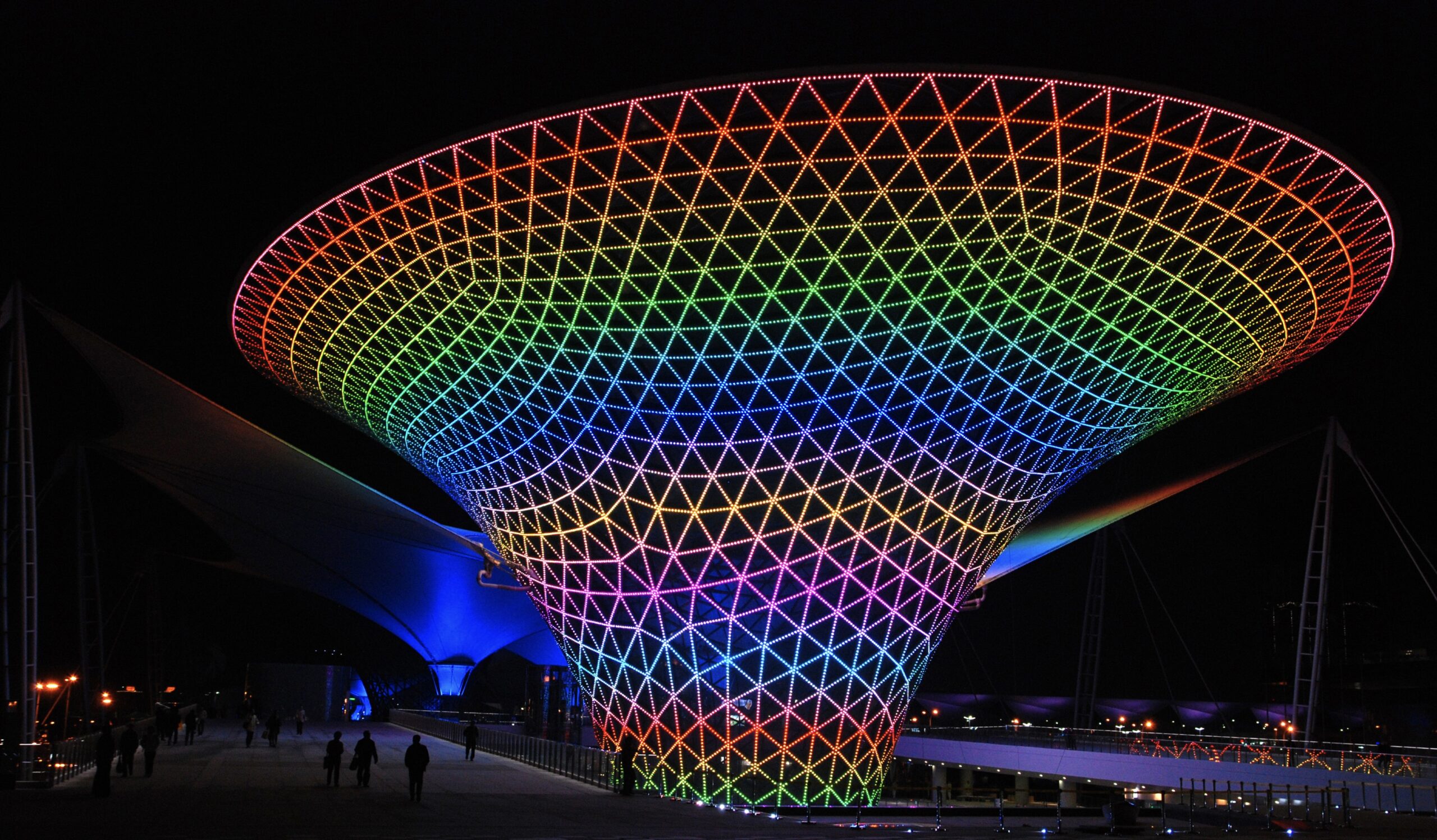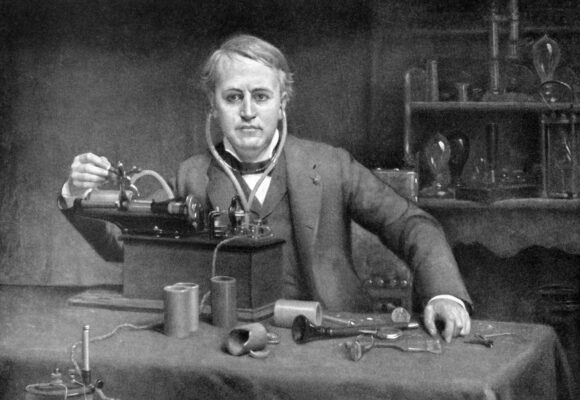The timeline of LED development showcases a journey from early discoveries to a transformative technology that has revolutionised lighting and various industries, providing energy-efficient and versatile solutions for the modern world.
1. Early Discoveries (1907-1950s): The foundational discoveries leading to the development of LEDs begin with early experiments in the 20th century. Notably, in 1907, H.J. Round observes electroluminescence in a crystal of silicon carbide, setting the stage for future advancements. Throughout the mid-20th century, researchers like Oleg Losev and Rubin Braunstein contribute to the understanding of semiconductor properties that will be crucial for LEDs.
2. First Practical LED (1962): Nick Holonyak Jr., working at General Electric, creates the first practical visible-spectrum LED in 1962. Holonyak’s LED emitted red light, utilising a semiconductor alloy of gallium arsenide phosphide. This breakthrough opens the door to the practical application of LEDs in various electronic devices.
3. Introduction of Other Colours (1970s-1980s): Researchers and engineers expand LED capabilities by introducing different semiconductor materials. In the 1970s and 1980s, advancements allow for the creation of LEDs emitting green and yellow light, broadening the color spectrum and making LEDs more versatile for various applications.
4. Blue LED Breakthrough (1990): The breakthrough in creating blue LEDs is achieved by Isamu Akasaki, Hiroshi Amano, and Shuji Nakamura in the early 1990s. This achievement is pivotal because it enables the creation of white light when combined with red and green LEDs, laying the foundation for the development of energy-efficient LED lighting.
5. Nobel Prize Recognition (2014): The contributions of Isamu Akasaki, Hiroshi Amano, and Shuji Nakamura are recognized with the Nobel Prize in Physics in 2014 for their groundbreaking work in developing blue LED technology. This acknowledgment solidifies the importance of their advancements in the history of lighting.
6. Rapid Advancements and Commercialisation (2000s-Present): The 21st century witnesses rapid advancements in LED technology. LEDs become more energy-efficient, durable, and cost-effective, leading to widespread commercialisation and adoption across various industries, including lighting, displays, and electronics.
7. Smart and Connected LEDs (2010s-Present): In recent years, LEDs have evolved beyond simple illumination. Smart LED technologies, with the ability to be controlled remotely and change colors, have become popular. Connected lighting systems, allowing for intelligent and energy-efficient management, represent the latest frontier in LED innovation.




 No products in the basket.
No products in the basket. 
